Introduction
In the first article, I showed you some easy alternate picking exercises that should help you to learn picking with small movements. All of these exercises are played only on one string. I also mentioned some rules that you should consider while you’re practicing alternate picking. Before we start with new
exercises, I’ll repeat the most important things that we learned in the previous article:
-movements of your pick must be small and precise
-you should pick strings with the edge of the pick, which gives more aggressive and articulate
sound
-picking with the flat of the pick gives warm and smooth sound and it’s more suitable for slow
playing
-wrist movements give best results, combination of wrist and elbow movements also work well
Ten new exercises that I prepared for you now should help you to master crossing the strings. It’s very important to apply the same small movements that you developed by practicing Exercises 1-6 while you’re moving from string to string. Good fretting hand technique is also very important. I’m sure that I’ve already said that you shouldn’t move your fretting hand fingers away from the fretboard. Point finger of your fretting hand is the most important – it’s almost always on the fretboard pressing the strings.
Exercise 7
This exercise is played on two strings. You will be using three notes per string patterns which are the best for fast alternate picking licks. It demonstrates leading with a downstroke to new string, which is easier than leading with an upstroke. Play it on other two pairs of strings (third and fourth, fifth and sixth), too.
Exercise 8
Sounds awful, but it’s very useful, because it helps you to learn leading with an upstroke. It probably reminds you of some Petrucci/Gilbert exercise.
Exercise 9
We’ve got here leading with an upstroke again, but this time it sounds like music. Pay attention at slides!
Exercise 10
This is A minor pentatonic lick. Look at fretting hand fingering in the first bar! For me, it was really hard to find fingering that works well in the first part of this exercise. If mine doesn’t work for you, change it and find better one.
Exercise 11
In this exercises, we have string skipping for the first time. I know that it looks complicated, but if you practice it with metronome, you’ll surely master this lick and you will never have problems with string skipping.
Exercise 12
This is the most interesting exercise, in my opinion, and because of that, I made backing track for it. You could benefit a lot from it – you’ll learn two note per string arpeggio patterns and improve your alternate picking technique.
Exercise 13
Exercise like this is much easier to play with sweep picking, but played by using alternation of upstrokes and downstrokes, it’s great exercise for alternate picking.
Exercise 14
Before you start practicing Exercise 14, be sure to memorize all of seven three notes per string major scale positions. After memorizing this exercise and those three note per string positions I mentioned, try to play this exercise in other positions.
Exercise 15
It’s similar to Exercise 14, and the things that I’ve said about previous exercise are also applied here.
Exercise 16
The sequence I used here is almost the same as the sequence I used in Exercise 15. The thing that makes it different from Exercise 15, and probably the most complicated alternate picking exercise in this article, is string skipping.
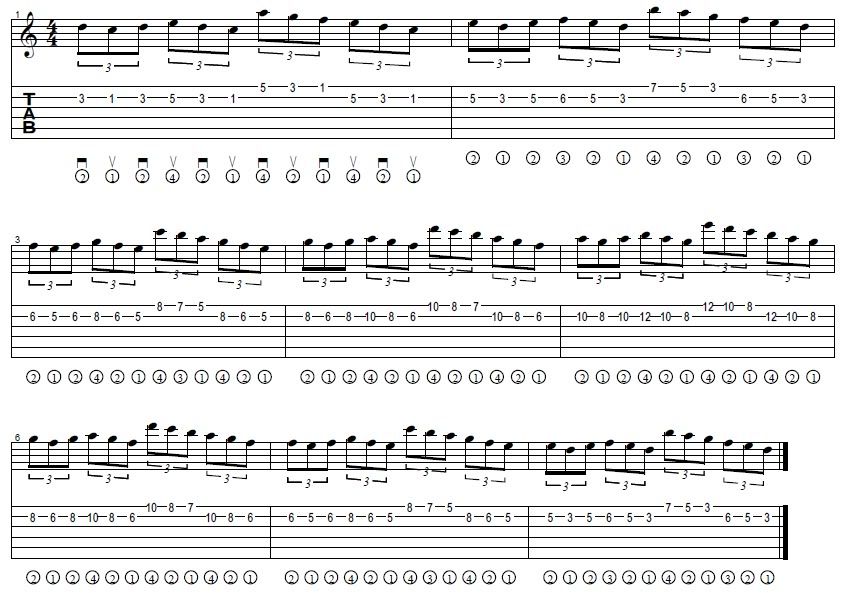

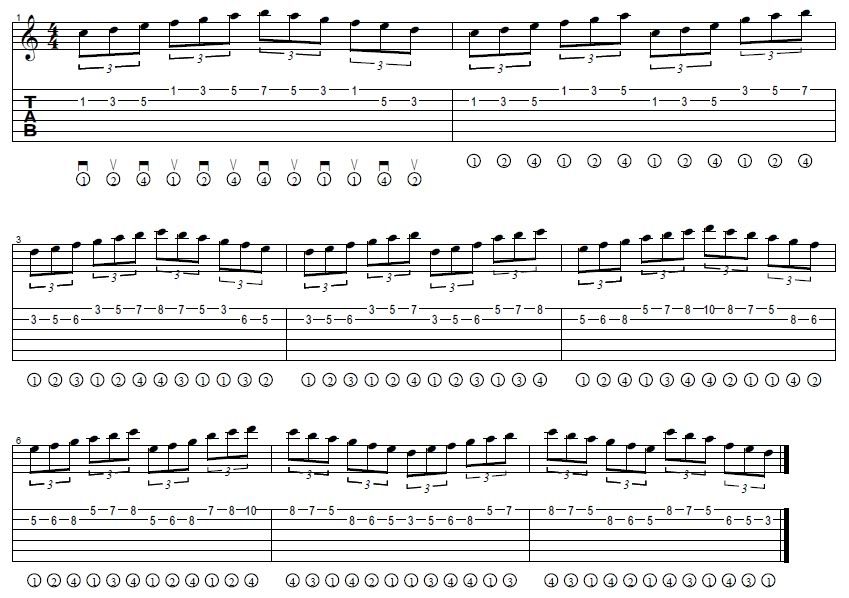
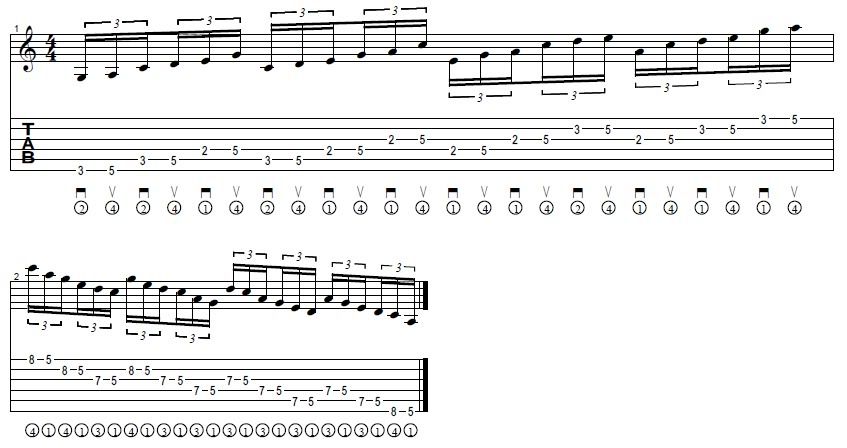

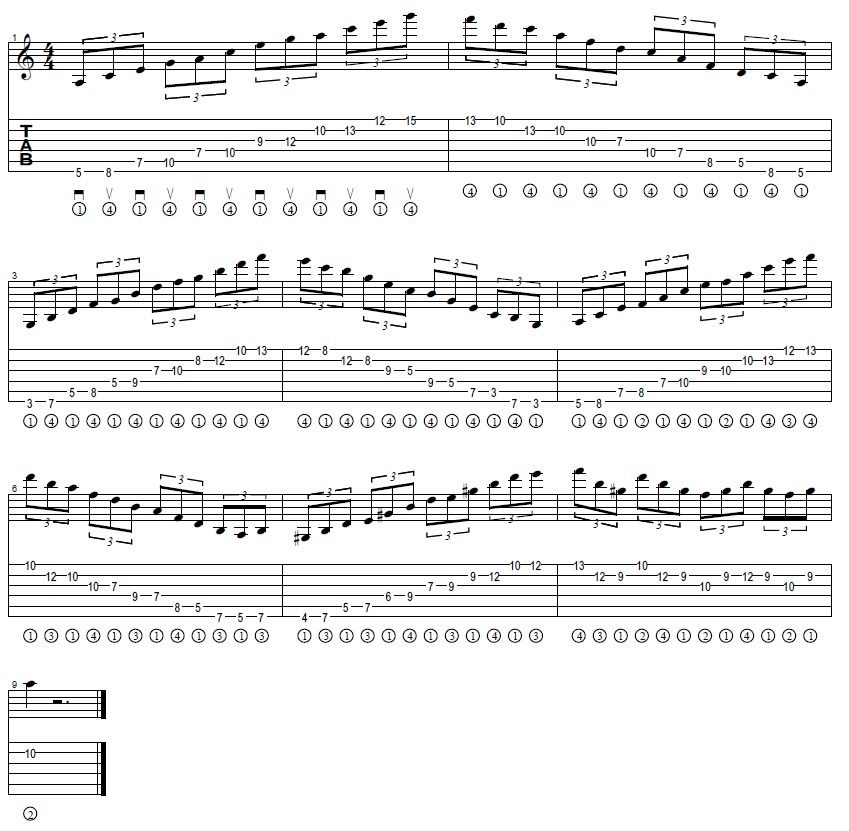
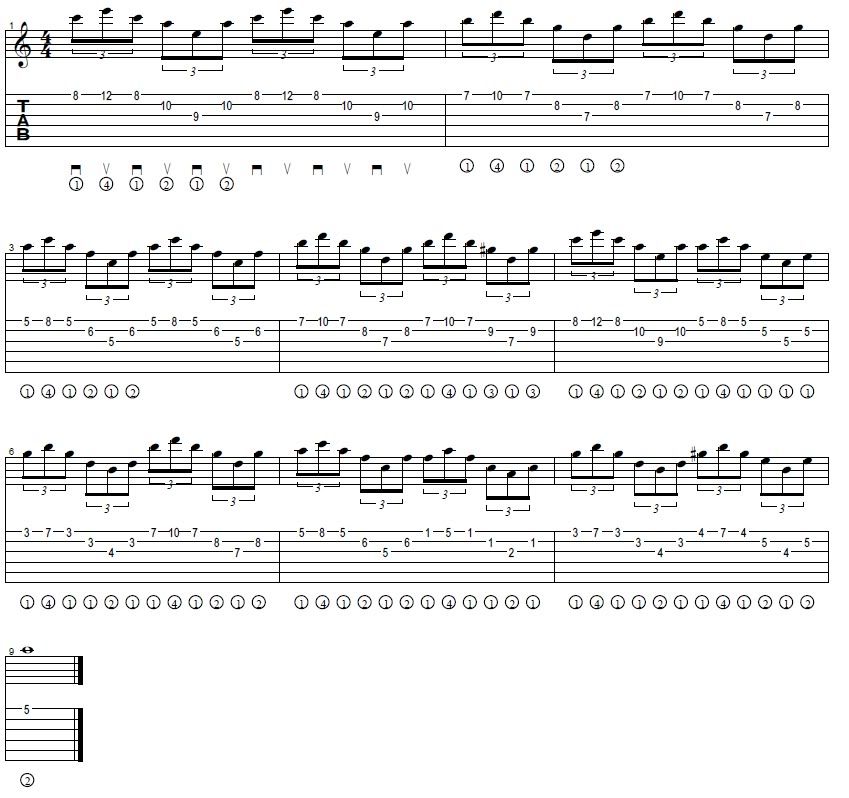
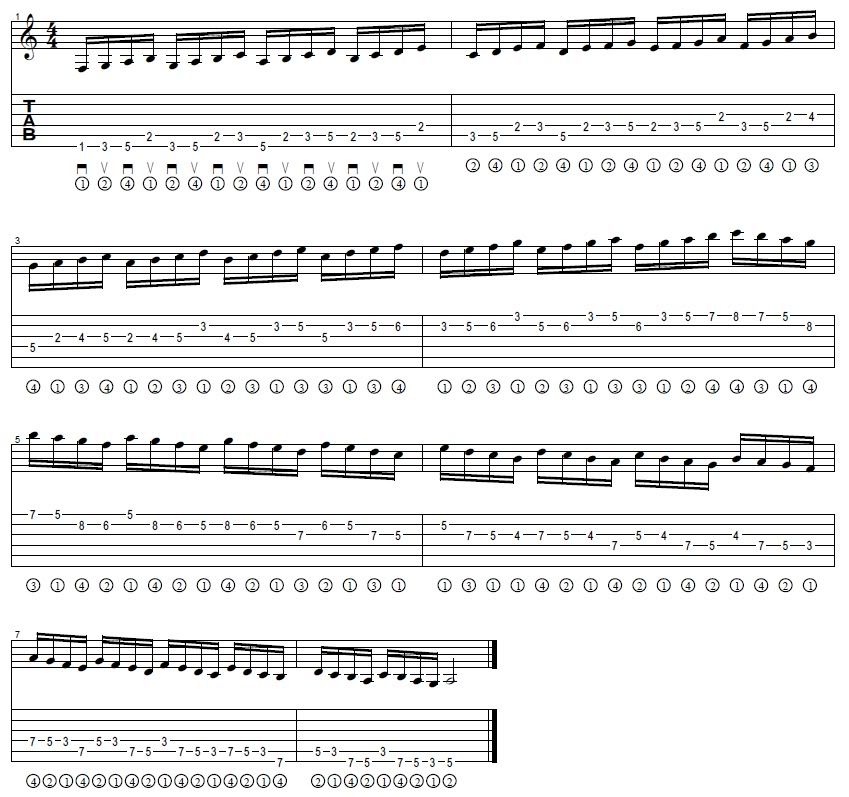
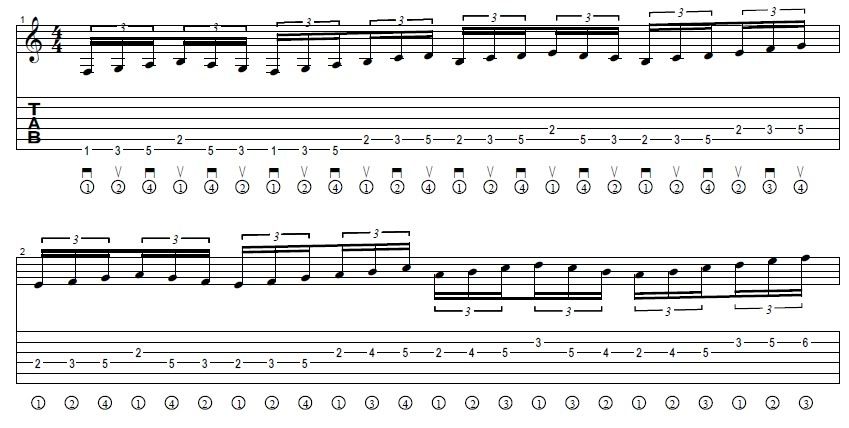
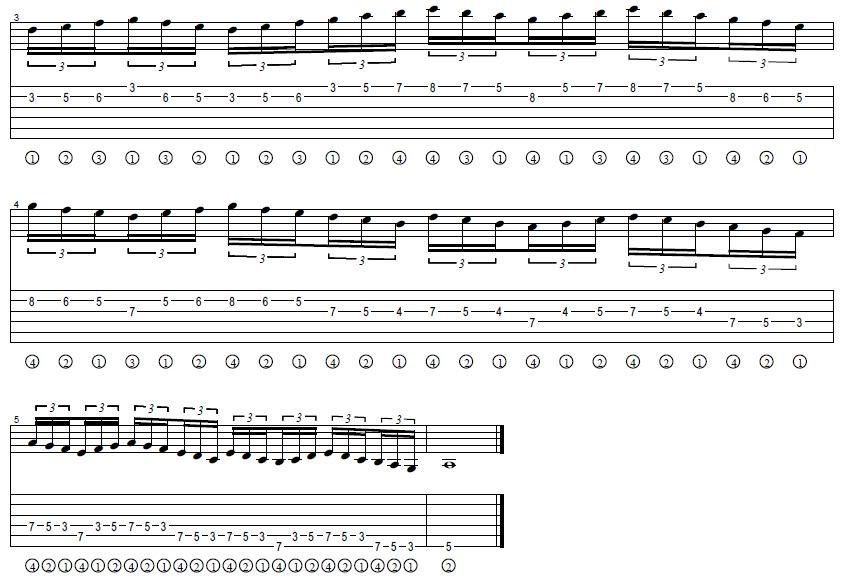
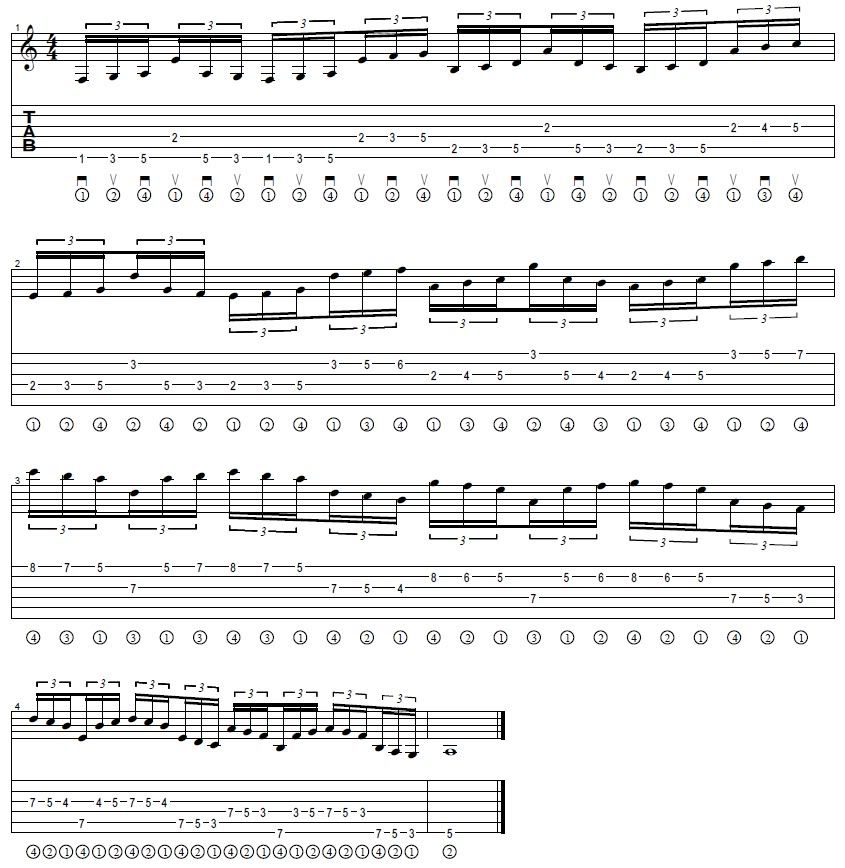
It's getting difficult now! but the good thing about practicing these patterns is that the muscle memory acquired helps in improvisation! keep posting! A
ОдговориИзбришиExcellent work Radoslav. This article will be included on forum of our online guitar lessons site.
ОдговориИзбришиI am continually amazed by the amount of information available on this subject. What you presented was well researched and well worded in order to get your stand on this across to all your readers. London Music School
ОдговориИзбриши